Mimi’s writing on queer and blind parenting, racial identity, and solidarity.
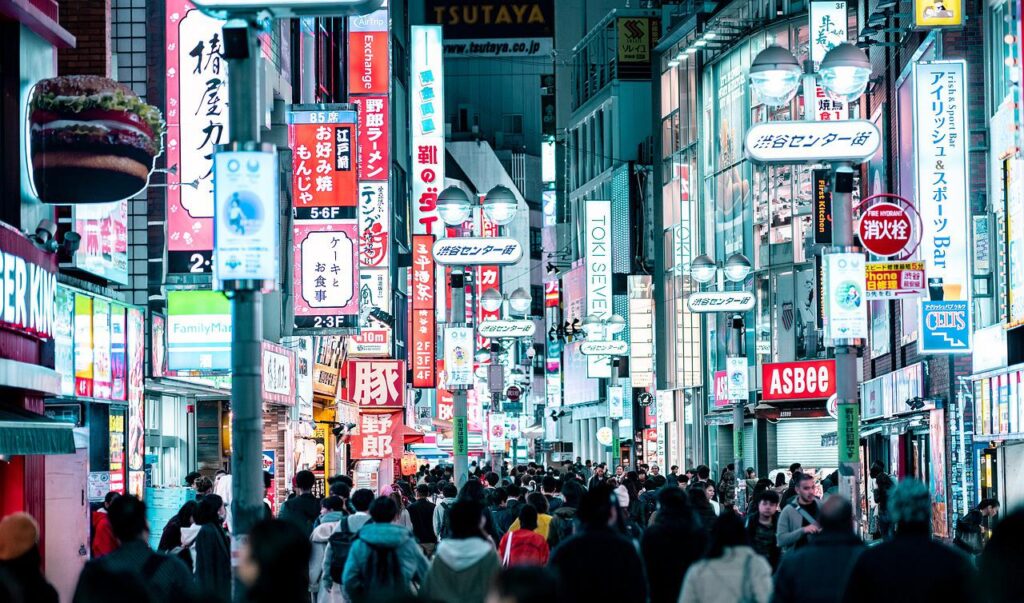
There Are Girls Like You in Japan
“There are girls like you in Japan,” she once said. You had come out to her maybe a year or two earlier shortly after graduating from college. “Just wait ‘til I tell my brother.” She shook her head in a “Damn, I got a defective one” way.
Hippocampus Magazine
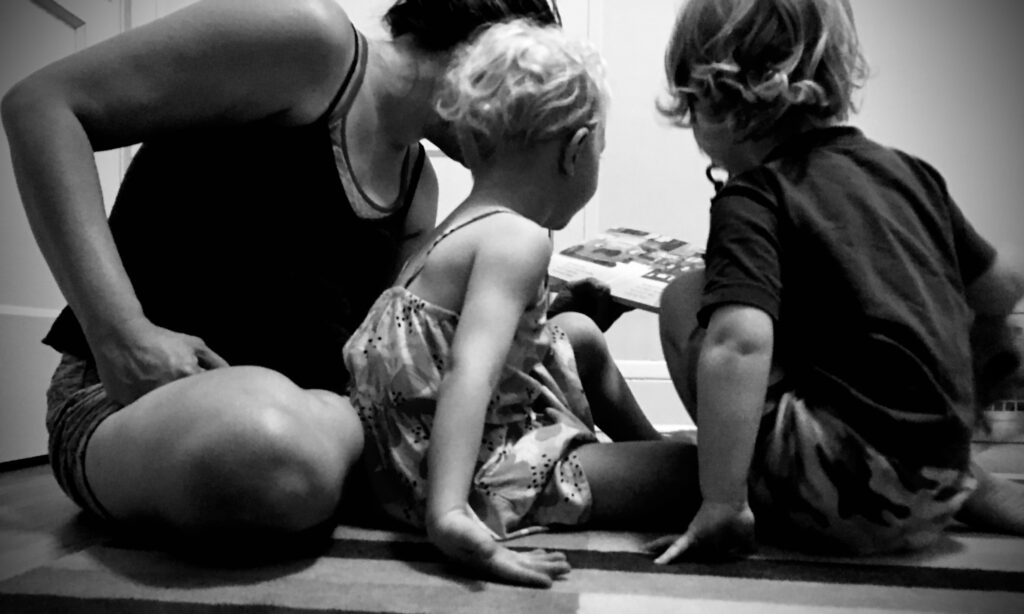
Parenting in Low Light
I couldn’t see the babies’ faces, their expressions, and couldn’t even necessarily tell which end was the head and which the toes without awkwardly reaching out toward a baby–sometimes hitting flannel sheet, sometimes nicking a cheek, sometimes finding the adorable roundness of baby rump. It might sound sweet, this blind reaching, but to me it felt that I was being smacked in the face with my disability: I was blind. I am blin
MUTHA Magazine

Almost Breasts
I’ve known my breasts for a long time. The three of us go way back. We got along pretty well during childhood, peacefully coexisting in various corduroy or polyester outfits. But we had a falling out when I turned thirteen or fourteen. They didn’t grow as breasts typically do for cis women. They didn’t even come out when I was sixteen. I watched my female friends’ figures become curvy, while my chest just lay there like the flatlands of Western Kansas. By age eighteen, my breasts and I were at war. I wouldn’t even touch the things I was so mad at them.
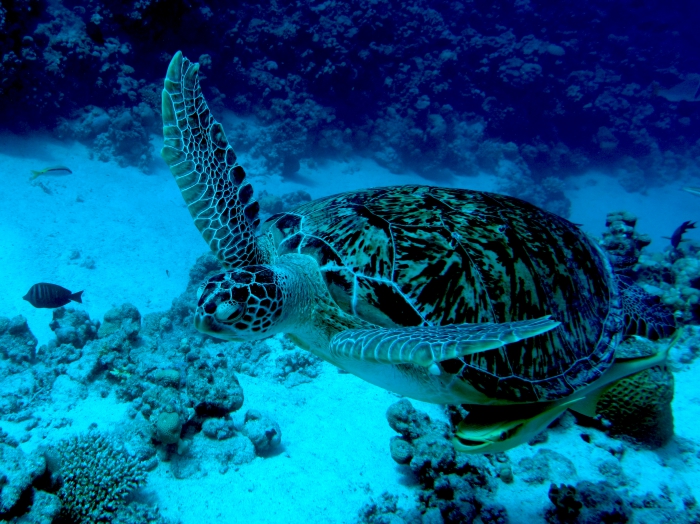
As Long as Turtles Live
Then, the sperm enters her and the nausea begins. We go to Santa Fe. She is maybe six weeks pregnant. I kiss her. I try to coax her into body interest on this baby moon, but her tummy rumbles. Two fetuses suck her blood and marrow. She is nauseous every second of every day. Hyperemesis gravidarum, the doctors say.
CATAPULT Magazine
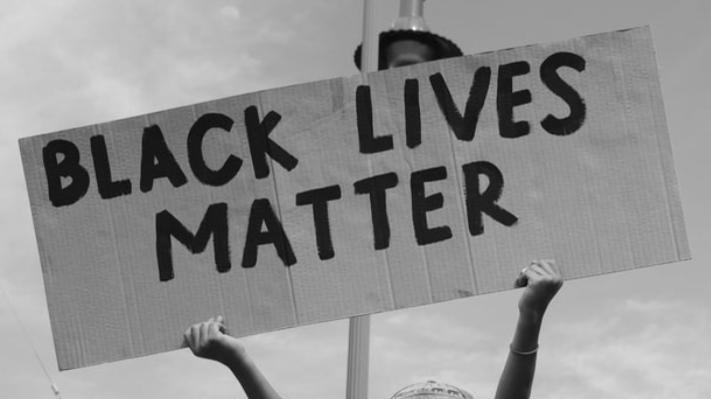
Don’t Let Fear Beget More Fear
Over the past several days, some residents in the Twin Cities have been receiving threatening letters demanding them to remove their Black Lives Matters signs or their homes will be “torched.” In response, some of my own white neighbors have taken down their BLM signs for fear of becoming a target. I’m not taking my BLM sign down.
Twin Cities Pioneer Press
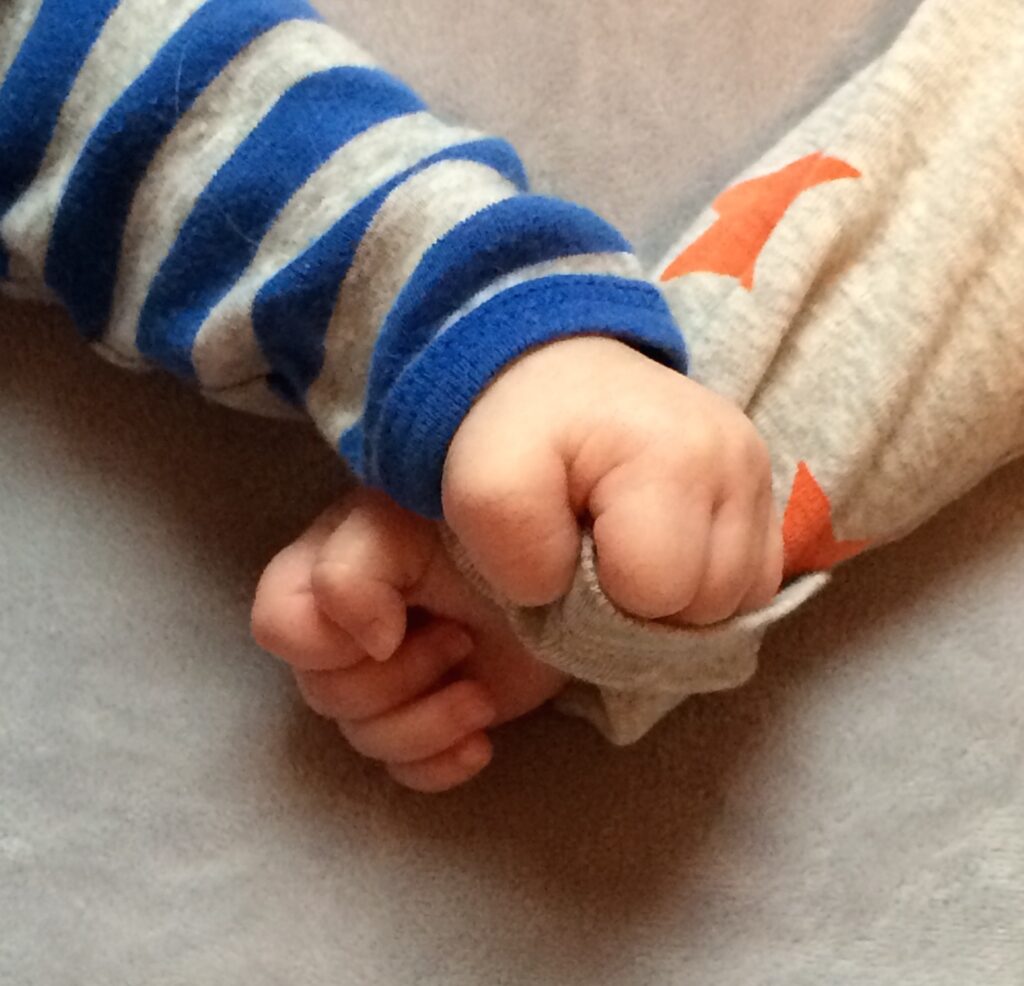
Brown Eyes, Blue Eyes: On Raising Mixed-Race Twins
“Okay,” I said, “but how is our situation different from a transracial adoption?” If we had adopted children from the Philippines, wouldn’t we do our best to give them the best sense of cultural heritage that we could? Well, yes. But Jen made an important distinction. Our kids are not transracial in relation to us because she is the biological mom. She carried these little swimming pandas for 38 miserable weeks of near incapacitation. They are of her blood and bone and sinew. They are not transracial in relation to her; they are her. And, in relation to me, maybe our situation is more transcultural than transracial. That is, my kids and I are all part Asian but of different cultures within that rac
MUTHA Magazine
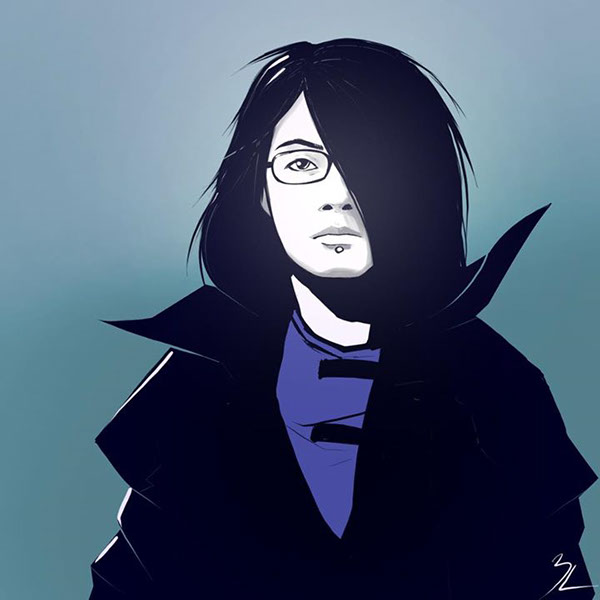
The Pain and Power of Passing
As a mixed-race queer person growing up in the Midwest, I have experienced a lot of loneliness. On one hand, there is the tendency to erase difference. “I don’t really see you as Asian. I just see you as Mimi,” one White childhood friend had said. At once a beautiful sentiment of my individuality and a simultaneous erasure of part of what makes me who I am. And, then, when I was older and looking for solidarity among women scholars of color, one woman, who was assigned to do partner work with me, took one look at me across the room, and turned to pair with the woman next to her. Me – the light-skinned, potentially white-passing girl – was dismissed in what was supposed to be a safe space for women of color. She’s right that I benefit, in some instances, from white privilege. Yet here, again, the dismissal of my identity and the pain intrinsic to not fully belonging to any of my identity groups – Japanese, White, or bisexual – disappears.
CAALMN #MinneAsianStories
Academic Articles
- “’The Day All the Different Parts of Me Can Come Along’: Intersectionality and U.S. Third World Feminism in the Poetry of Pat Parker and Willyce Kim.” Journal of Lesbian Studies. 19:3, 336-356. DOI: 10.1080/10894160.2015.1026708
- “A Survey of Lesbian Readers: Literature, Identity, and Activism.” (Conference Proceedings). Sinister Wisdom: A Multicultural Journal by & for Lesbians. Issue 82, Spring 2011: 87-94.
- “Gay and Lesbian Historical Fiction: Sexual Mystery and Post-Secular Narrative” (Review; Invited). MFS: Modern Fiction Studies. Volume 57, Number 1, Spring 2011: 191-194.
- “Loving Her without Class: The Politics of Feminist Love in Ann Allen Shockley’s Lesbian Novel.” Feminist Formations. 22:1, Summer 2010: 57-75.
- “Rita Wong” and “Merle Woo.” Encyclopedia of Asian-American Literature. Ed. Seiwoong Oh. NY: Facts on File, 2007. Awarded “Best Reference Source of 2007” by Library Journal.